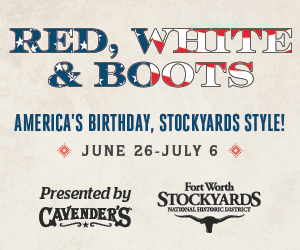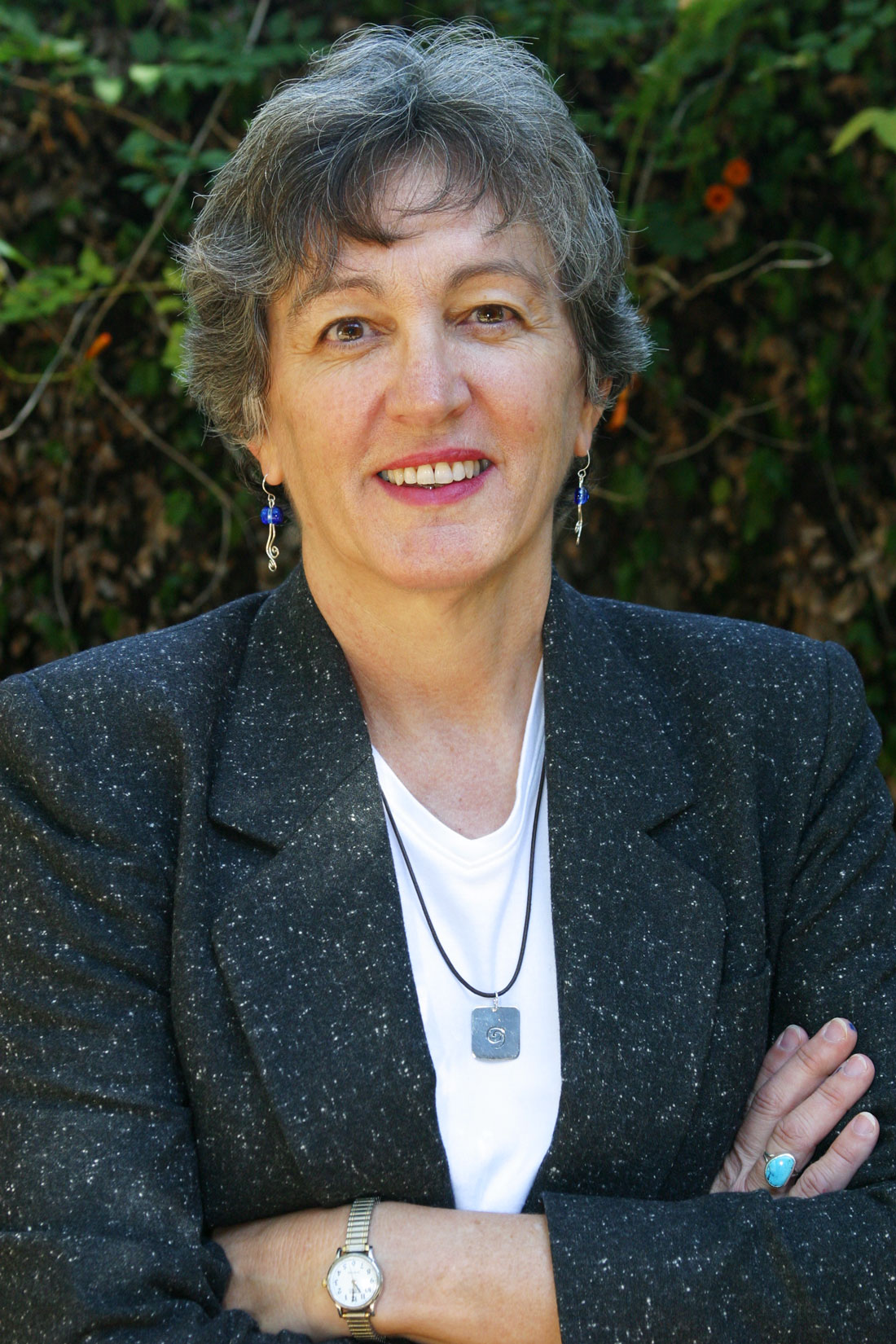What do you call these people who come sneaking across our border uninvited and then act as though they have some sort of claim to services or rights? Well, friends, in the 1820s and 1830s, those people were called Americans. In 1824, when Texas was Mexican territory, the Mexican government was anxious to have some warm bodies in this large space that had previously been owned by Spain. Mostly, they were interested in finding people willing to take on those earliest Texans, the remaining Native American tribes in the northern and eastern parts of what is now our fine state. Stephen F. Austin, through wheeling and dealing with the officials in Mexico and a previously existing contract between the Spanish and his daddy, became a land baron.
Lesson number one for Texans: Beware of boys with their daddy’s money and contacts. Austin’s Old Three Hundred families were indeed invited in to Texas by the Mexican officials. An additional 900 families were settled between 1825 and 1829. An interesting footnote is the way that these “Texians” were “Mexican-ized.” All settlers had to convert to Catholicism, become Mexican citizens, and change their names to Spanish-sounding equivalents. No word remains on whether they were successfully forced to learn and speak Spanish.
Lesson number two for Texans: While you might want everyone to speak the language of the existing population, it’s unlikely that immigrants can be forced to change their language – at least not overnight. The Mexican government attempted to stop the influx of illegal Anglo immigration in the late 1820s. Dissatisfied with the immigration policies of the Mexican government, Austin hooked up with an upstart general named … Antonio Lopez de Santa Anna, who destabilized the Mexican government in a series of coups in the late 1820s and early 1830s.
Lesson number three for Texans: Beware of those with whom your leaders climb into bed.
Somehow by 1832, Austin’s colonistas had multiplied to a population of about 11,000. And it turned out that Santa Anna didn’t like the influx of immigrants into Texas, either. Austin had some powerful friends, including then-U.S. President Andrew Jackson. United States officials had had their eye on Texas for several years at that point. The boundaries of the Louisiana Purchase just weren’t holding the Americans in, although it would be a few years before the cry of “Manifest Destiny!” would push pretty much everyone who was not white, Anglo-Saxon, and Protestant out of the way all across the continent.
Southern politicians wanted an expansion of “slave states.” Texas lay below the boundaries drawn in the 1821 Missouri Compromise, which restricted states where slavery would be tolerated to a boundary below what came to be known as the Mason-Dixon line. Northerners wanted the land as territory to expand their businesses, and possibly to provide a place to move all the immigrants from Europe who were crowding their cities. Thanks in part to Austin’s federal connections, an army was set up. There were the Tejanos (those who were born in what we now call Texas, the only ones who could claim to be the “original Texans”).
There were the Texians, who had immigrated under the land grants. And then there were the volunteers, who poured in from Alabama, North and South Carolina, and Tennessee. One of the most notable was former Tennessee State Sen. Davy Crockett. Legend has it that when Crockett was defeated in his re-election campaign, he told everyone to go to hell, as he was going to Texas. There were probably a few other adventurers drawn by the romance of the frontier and the lure of property. The rest were mainly poor, white southerners who desired the things that the southern aristocrats possessed – namely, land and slaves. Those were the original Texas immigrants.
And the rest is history, although it doesn’t seem we have learned our lessons well. Remember the Alamo. But also remember who was here first.
Laurie Barker James – a legal immigrant to Texas – is a writer working with nonprofit and faith-based organizations in Fort Worth.











